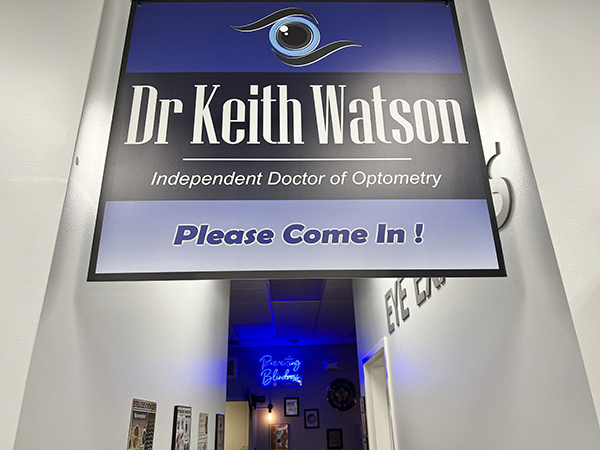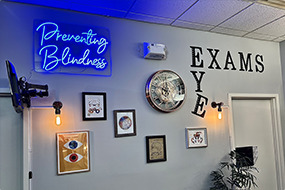
As we age, maintaining eye health becomes increasingly important. One of the most common eye conditions in older adults is cataracts, a condition that clouds the lens of the eye, leading to vision problems. Understanding the causes, symptoms, and treatment options for cataracts can help you or your loved ones take the right steps toward better eye health.
Common Causes of Cataracts
Cataracts are primarily caused by age-related changes in the eye’s lens. Over time, proteins in the lens break down and clump together, creating cloudy areas that impair vision. While aging is the leading cause, other factors can contribute to cataract development, including:
• Genetics: A family history of cataracts may increase your risk.
• Diabetes: High blood sugar levels can accelerate cataract formation.
• UV Exposure: Prolonged exposure to ultraviolet rays can damage the eye’s lens.
• Medications: Long-term use of corticosteroids has been linked to cataract development.
• Smoking and Alcohol Use: Both are known risk factors for a variety of eye health issues, including cataracts.
• Eye Injuries or Surgeries: Previous trauma to the eye or other surgeries can increase your likelihood of developing cataracts.
Why You Need Regular Eye Exams
Regular eye exams play a crucial role in the early detection and management of cataracts and other vision problems. During a comprehensive eye exam, your eye doctor can identify cataracts before they cause significant vision impairment, allowing for timely treatment. Additionally, routine exams are essential for monitoring overall eye health and detecting other age-related conditions, such as glaucoma or macular degeneration.
Recognizing the Symptoms of Cataracts
Cataracts often develop slowly, and the symptoms can be subtle at first. Over time, you may notice:
• Blurry or cloudy vision
• Difficulty seeing at night
• Increased sensitivity to glare or bright lights
• Fading or yellowing of colors
• Double vision in one eye
• Frequent changes in your glasses or contact lens prescription
If you experience any of these symptoms, it’s essential to consult with an eye care professional promptly.
Treatment Options for Cataracts
Fortunately, cataracts are treatable, and advances in medical technology have made the process safer and more effective than ever. Wearing sunglasses that block UV rays, reducing screen time, and managing chronic conditions like diabetes can help slow cataract progression. In the early stages, changes to your glasses or contact lenses may improve vision. Cataract surgery is the most effective treatment. During the procedure, the cloudy lens is removed and replaced with a clear artificial lens. The surgery is typically quick, safe, and offers a significant improvement in vision.
Protect Your Vision Today
Cataracts are a common condition among the elderly, but with early detection and proper treatment, they don’t have to diminish your quality of life. By understanding the causes and symptoms of cataracts and scheduling regular eye exams, you can protect your vision and maintain your independence as you age.
Schedule a comprehensive eye exam with Doc Eye to stay ahead of cataracts and other vision concerns. Visit our office in Waterford, Connecticut, or call (860) 499-3500 to book an appointment today.


















